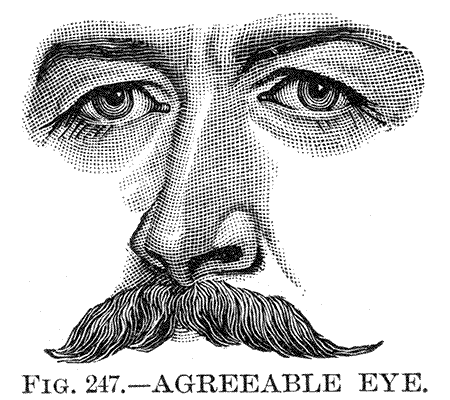September 2006
enemy action
1 September 2006, around 12.21.
Cataloguing one’s home library has its good points. Entering in ISBNs and publication information is a wonderful way to devour time. One also gets a chance really to look at one’s books; one so seldom has the opportunity. One buys the book, sometimes one even reads it,1 and then it goes on the shelf, jumbled with books both near and far to it in manner or content.
It was with some pleasure today that I found, tucked between a fat burgundy Faulkner and a dour blue history of England in the 18th century, the Letters of Sir Thomas Browne. More than two years ago I’d bought it, read a quarter of it, then packed it away and gave it no more thought.2 As I flipped through to find the publication information, I saw the following on the back of the title page:
This edition of Sir Thomas Browne’s Letters was originally issued in 1931 as volume six of The Works edited in six volumes by Geoffrey Keynes.
The unsold remaining stock of the sheets of volumes one to four was destroyed by enemy action in 1941, and the survivors, the two volumes entitled five and six, are now reissued separately with the addition of a few errata. Each volume is complete in itself.
So there it is.
- Lately I’ve been leaning heavily on the library for my browsing needs, so I am, happily, even more likely to read in its entirety a book I’ve purchased, which is, I think, a change for the better. [↩]
- By this afternoon I’ll probably have forgotten it again; certainly it will go in the stack of ‘books to read’, one of the many graveyards for good intentions. [↩]
Raw Materials
19 September 2006, around 10.48.
The hand press printer should make his own ink, as the painter should make his own paints. Ink is not a raw material. Oils and pigments are the raw material of ink; patience in grinding is the only virtue required in the craftsman. Of patience there is this to be said. To be patient is to suffer. By their fruits men know one another, but by their sufferings they are what they are. And suffering is not merely the endurance of physical or mental anguish, but of joy also. A rabbit caught in a trap may be supposed to suffer physical anguish: but it suffers nothing else. The man crucified may be supposed to suffer physical and mental anguish, but he suffers also intense happiness and joy. The industrialist workman is often simply as a rabbit in a trap; the artist is often as a man nailed to a cross. In patience souls are possessed. No lower view of the matter will suffice.
social ethics
27 September 2006, around 18.59.
An exaggerated personal morality is often mistaken for a social morality, and until it attempts to minister to a social situation its total inadequacy is not discovered. To attempt to attain a social morality with a basis of democratic experience results in a loss of the only possible corrective and guide, and ends in an exaggerated individual morality but not in social morality at all. We see this from time to time in the care-worn and over-worked philanthropist, who has taxed his individual will beyond the normal limits and has lost his clew to the situation among a bewildering number of cases. A man who takes the betterment of humanity for his aim and end must also take the daily experiences of humanity for the constant correction of his process. He must not only test and guide his achievement by human experience, but he must succeed or fail in proportion as he has incorporated that experience with his own. Otherwise his own achievements become his stumbling-block, and he comes to believe in his own goodness as something outside of himself. He makes an exception of himself, and thinks that he is different from the rank and file of his fellows. He forgets that it is necessary to know of the lives of our contemporaries, not only in order to believe in their integrity, which is after all but the first beginnings of social morality, but in order to attain to any mental or moral integrity for ourselves or any such hope for society.
